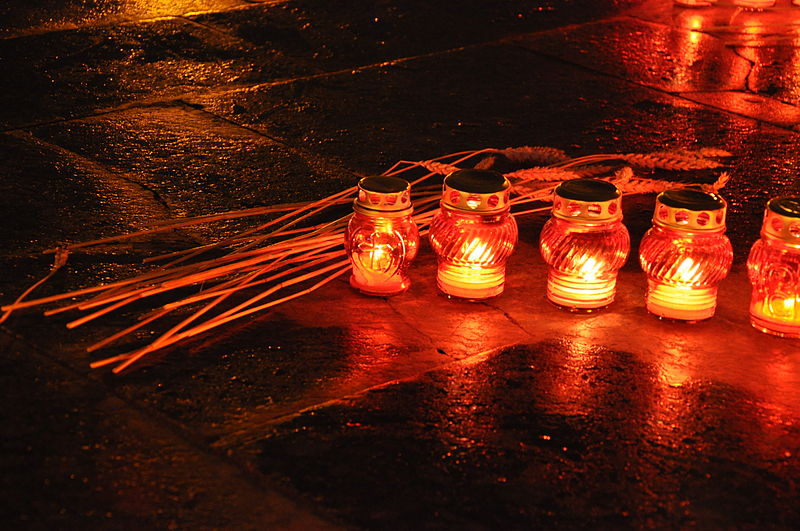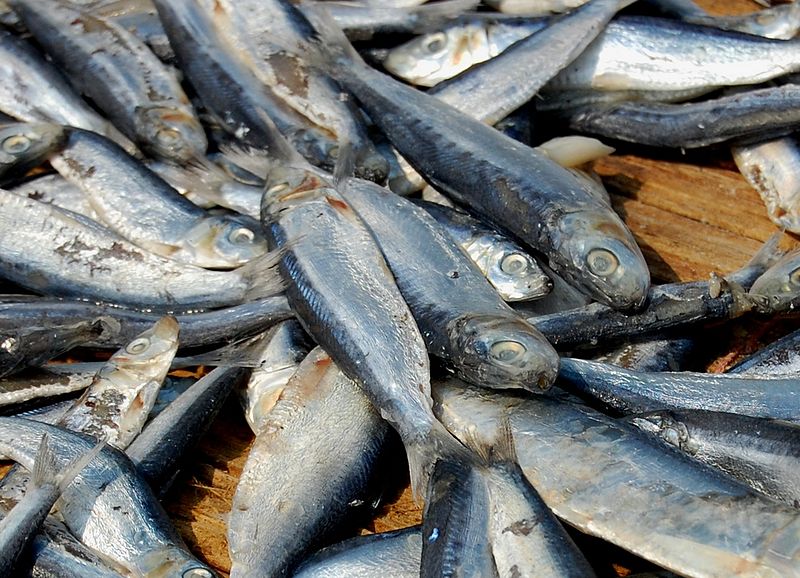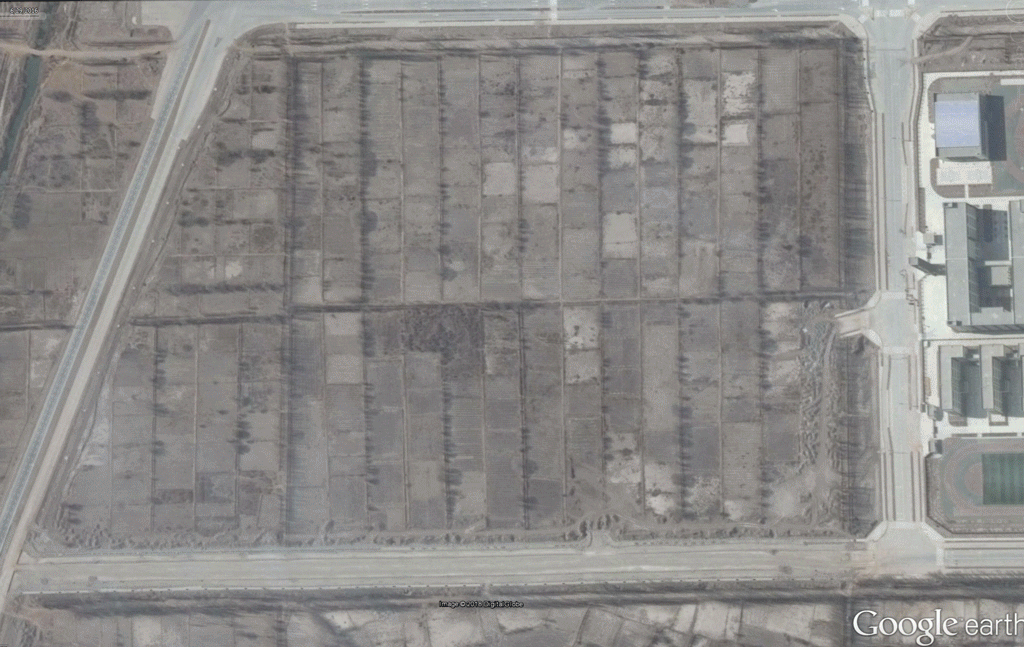ASPI suggests

The world
Following the run-in between the Russian and Ukrainian navies in the Strait of Kerch, the stark escalation of tensions between Moscow and Kyiv is broken down by Christopher Miller for Radio Free Europe/Radio Liberty and ASPI’s Jacqueline Westermann reflects on five years of conflict in Ukraine since the 2013 Maidan protests. If you prefer to listen, The Signal is your go-to. This Bloomberg video captures locals’ reactions to the implementation of martial law in 10 regions of Ukraine and this BNE IntelliNews analysis takes a bit of a different, slightly provocative approach.
The incident has already affected plans for bilateral meetings at the G20 summit that kicks off in Buenos Aires today. US President Donald Trump has announced that he won’t be meeting with Russian President Vladimir Putin after all—though he still plans to meet with Chinese President Xi Jinping. Speaking of which, here’s a great graphic of the G20 members’ trade with China and the US. On the topic, The National Interest claims it’s ‘now or never’ to renew relations between Beijing and Washington, and Foreign Policy brings you the latest on the trade war, speculating that Trump’s China policy is his administration’s most consistent (and successful?). In a blast from the past, look back at The Strategist interview with Chinese defector and former politician Chen Yonglin, who outlined China’s strategic goals for the world and for Australia.
Taiwan’s ruling Democratic Progressive Party took a hit, according to The Diplomat, as the opposition—the Kuomintang, which ruled China prior to the 1949 communist takeover—found its feet in last weekend’s midterms. The New York Times warns the international community to keep watch and weighs up the possibility of Taiwan’s absorption into mainland China, while Al-Jazeera has an exclusive interview with Taiwan’s foreign minister, who accuses China of meddling in the elections.
Meanwhile, the BBC and the New York Times have details on what’s behind the Chinese government’s tactic of using exit bans to pressure alleged fugitives into returning to the country.
Following the clashes between Central American migrants and US border guards, HuffPost spoke to doctors on the consequences of the use of tear gas, particularly on children. Meanwhile, Trump has faced a backlash after General Motors announced the closure of several factories. Bloomberg talked to disillusioned GM workers in Ohio who were counting on Trump’s campaign promises.
Poland was busy getting ready to host the 24th UN Climate Change Conference as the US National Climate Assessment released its scary report on the expected impacts of climate change on the US economy by 2100. There’s some good news out of China, though, as the country promises renewed action on climate change. Brookings examines the way forward.
This Chaillot Paper by the EU Institute for Security Studies dissects the security cooperation between Europe and Asia by looking at arms sales and military technology transfer. And a new study by IISS and DGAP looks towards 2030 and assesses whether the EU can meet its military ambitions in the context of Brexit. Also see the Financial Times for projections for the British economy after the EU divorce.
Some fascinating reads we recommend: Der Spiegel interviewed Mohammed Haydar Zammar, who has been involved with radical Islamist jihad since the 1990s and allegedly brought together the Hamburg cell of 9/11. Behrouz Boochani, who’s detained on Manus Island, writes in The Saturday Paper about a portrait of himself and the story it mirrors. And see Zeit Online’s investigation into the Stasi’s infiltration of East Germany’s gamer scene and Forbes on Ulugh Begh, Uzbek pioneer astronomer, who calculated the exact length of a year down to the minute more than 500 years ago.
Tech geek
The US Army is developing an impressive array of future capabilities to prepare for possible war against Russia and China. Real Clear Defense looks at the new equipment, including new main battle tanks and infantry fighting vehicles, robot tanks, ‘lasers’ on armored fighting vehicles and the future vertical lift designed to replace existing utility and attack helicopters. Artillery that can fire a shell 1,600 kilometres to strike an opponent deep in the rear is also on the list.
Disturbing gene-splicing news came out of China this week. A Chinese geneticist claims that he created genetically engineered babies, which have been successfully delivered. The Chinese government has criticised the development, as has much of the international scientific community. Are we on the slippery slope towards a Huxleyan ‘brave new world’?
Brian Weeden of the Secure World Foundation has written an excellent op-ed on the current realities of space as a contested warfighting domain. It’s also worth reading his 2018 counterspace overview available, here.
China is looking to build a deep-water undersea base in the Manila Trench in the South China Sea. The base would be located 5,000 metres down, and run largely by AI, supporting operations by unmanned underwater vehicles. The base would have military roles as well as support oceanographic research.
Finally, for a perspective beyond military affairs, Deep Field, a 30-minute film based on the Hubble Telescope’s famous deep-field imagery of the distant universe, is a must-see.
This week in history
Eighty-five years ago, the Holomodor (‘killing by starvation’)—the 1932–33 manmade famine—killed between 3 million and 10 million people in the Soviet Union, the majority in Ukraine. It was instigated by the Soviet regime to enforce collectivism by applying impossible production quotas, and seizing grain and food. Some countries, including Australia, acknowledge Holomodor as genocide. This Atlantic piece explains how the famine was hidden from the world.
Multimedia
Take a step back and appreciate what we have in National Geographic’s 100 Best Photos of 2018.
Here’s a video explainer on China’s issues with Taiwan and the role Hong Kong plays in it all. [5:05]
Vox visits the Colombia–Venezuela border, to which hundreds of thousands of Venezuelans have headed as they flee the disastrous humanitarian and economic circumstances in their country. [8:29]
Podcasts
Sit back for this episode of The National Security Law Podcast covering everything from the use of tear gas at the US–Mexico border to the tensions between Russia and Ukraine, airstrikes in Yemen, Somalia and Pakistan, and more. [1:08:46]
Events
Canberra, 3 December, 6–7 pm, ANU: ‘Climate change in the Pacific: hopes for the upcoming climate negotiations’ with Prime Minister of Tuvalu the Right Honourable Enele Sosene Sopoaga. Free registration.
Canberra, 4 December, 6–7.30 pm, ANU National Security College: ‘The Uyghur emergency: the causes and consequences of China’s mass incarceration of Turkic Muslims’. More information.
Brisbane, 5 December, 7–8 pm, Russian Club of Brisbane: ‘The Romanovs in 1917’. Free registration essential.









